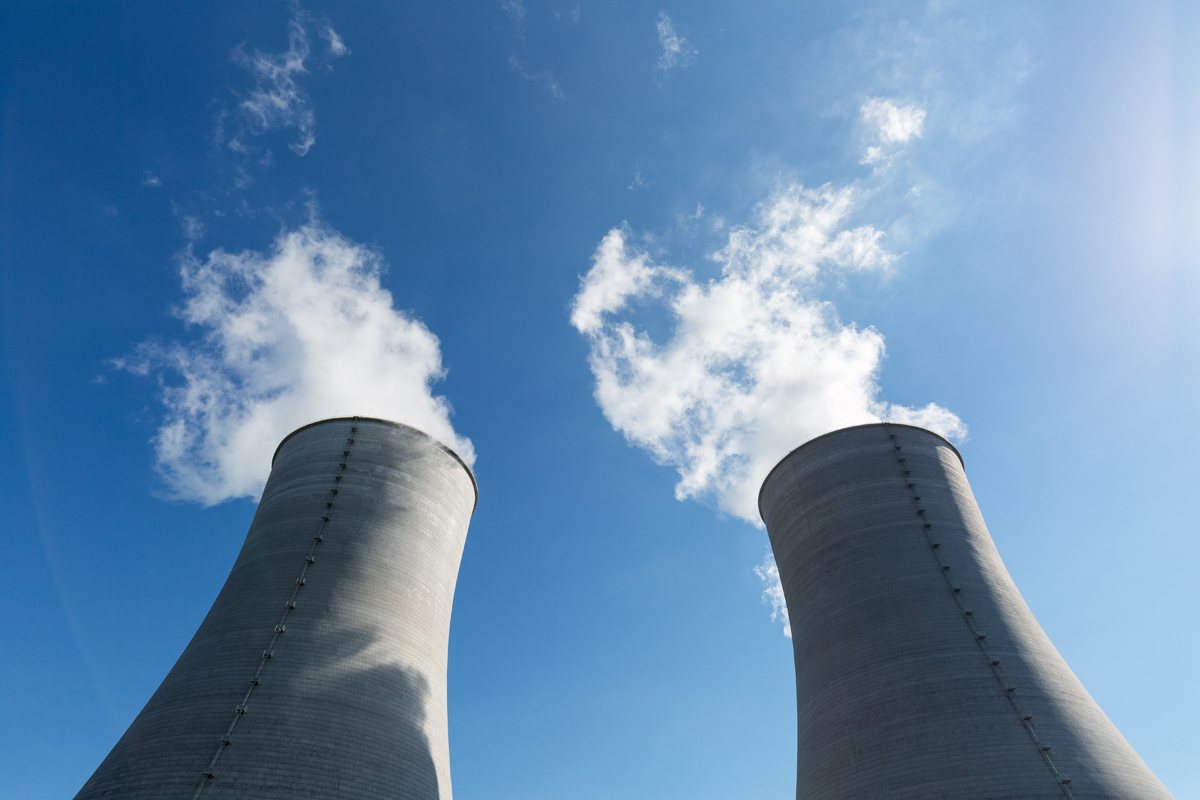Cooling tower technology has evolved significantly, incorporating cutting-edge advancements to improve efficiency, reduce energy consumption, and enhance sustainability. Here are some of the latest innovations in cooling tower technology:
1. Smart Monitoring & IoT Integration
AI & IoT Sensors: Advanced monitoring systems equipped with IoT sensors and AI analyze real-time data on water flow, temperature, and efficiency, enabling predictive maintenance.
Automated Control Systems: AI-driven controls optimize fan speed, water flow, and chemical dosing to enhance performance and reduce operational costs.
2. Advanced Materials & Design
3D-Printed Components: Some manufacturers are using 3D-printed parts to improve airflow dynamics and reduce energy loss.
Corrosion-Resistant Materials: New composites, like fiber-reinforced plastics (FRP) and advanced coatings, increase durability and reduce maintenance costs.
3. Energy-Efficient Technologies
Variable Frequency Drives (VFDs): These adjust motor speeds based on demand, leading to significant energy savings.
Hybrid Cooling Towers: Combining wet and dry cooling, these towers minimize water consumption while maintaining efficient heat dissipation.
Magnetic Bearing Motors: These eliminate friction in fan motors, reducing energy consumption and maintenance.
4. Water Conservation & Treatment Innovations
Waterless Cooling Towers: Some cutting-edge systems use air-cooled technology, eliminating water use entirely.
Electrolytic Water Treatment: Reduces chemical usage and prevents scaling, fouling, and corrosion.
Recycled & Greywater Use: Some towers integrate systems that allow them to operate on treated wastewater instead of freshwater.
5. Sustainable & Eco-Friendly Solutions
Adiabatic Cooling Systems: These use pre-cooling mist to enhance efficiency and reduce water and energy consumption.
Solar-Powered Cooling Towers: Integrating renewable energy sources to reduce carbon footprint.
Low-Noise Technology: Innovative fan blade designs and noise-dampening materials minimize environmental impact.
How Do Cooling Towers Work?
Cooling towers work by removing heat from industrial processes, HVAC systems, or power plants through the process of evaporative cooling. They transfer waste heat from water-cooled systems into the atmosphere, helping to regulate temperatures efficiently. Here’s a step-by-step breakdown of how they operate:
1. Hot Water Enters the Cooling Tower
- Warm water from an industrial process, air conditioning system, or power plant enters the cooling tower via pipes.
- This hot water is evenly distributed over the fill media, which increases the surface area for cooling.
2. Heat Dissipation Through Evaporative Cooling
- Airflow Introduction: Large fans or natural convection draw air into the cooling tower.
- Water-Air Interaction: The warm water trickles over the fill media, maximizing contact with the moving air.
- Evaporation Process: A small portion of the water evaporates, absorbing heat and carrying it away into the atmosphere.
- Cooling Effect: As evaporation occurs, the remaining water cools down significantly.
3. Cooled Water is Recycled
- The now-cooled water collects in a basin at the bottom of the tower.
- A pump sends the cooled water back to the system (such as a chiller, condenser, or industrial equipment) to absorb more heat and repeat the cycle.
4. Excess Heat is Released into the Atmosphere
- The warm, moisture-laden air is expelled through the top of the tower.
- Some cooling towers use drift eliminators to prevent excessive water loss from mist escaping.
Types of Cooling Towers
- Natural Draft Cooling Towers – Rely on the natural rise of hot air to create airflow (used in power plants).
- Mechanical Draft Cooling Towers – Use fans to force air through the tower for faster cooling.
- Crossflow vs. Counterflow Towers:
- Crossflow: Air moves horizontally across the falling water.
- Counterflow: Air moves upward while water falls downward, improving efficiency.
Efficiency Factors
- Ambient Temperature & Humidity – Impact cooling effectiveness.
- Water Treatment – Prevents scaling, corrosion, and biological growth.
- Fan & Motor Efficiency – Optimized designs reduce energy consumption.





